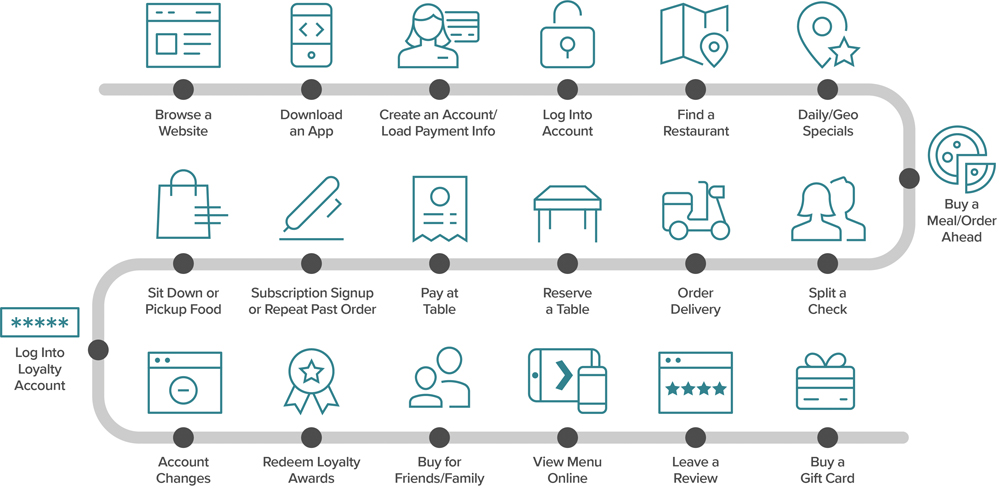 By Jason Mugford
By Jason Mugford
Each year, payment processing inefficiencies cost Canadian businesses between $2.9 billion and $6.5 billion. Business-to-business (B2B) cross-border payments is one notable example of this as they are particularly time-consuming and can be prone to error. Treasury professionals across industries are frustrated by the legacy systems of correspondent banks.
B2B payments make up almost 80 per cent of all cross-border payment revenues. Yet financial institutions (FIs) have not focused on innovating the B2B customer experience for seamless digital banking to the same extent that they have for business-to-consumer (B2C) payments. Global B2B payments also have the thinnest margins for service providers, and FIs have historically lacked the incentive to improve the inefficiencies associated with them.
As small-midsized enterprises expand their global reach, however, the B2B cross-border payments market is poised to grow, presenting an untapped opportunity for payments disruption.
Need for speed
Real-time payments (RTP), also known as instant payments, have a role to play in addressing the key pain points of inefficient payments processing, including speed, traceability and transparency. They offer a way to deliver payments in a matter of minutes or hours at any time of day, 365 days a year and with lower return rates.
For banks, RTP is a necessary offering to stay competitive. Globalization has led consumers and merchants to expect a consistent and hassle-free payments experience wherever they are. In addition to speed, innovation in the RTP space centres around the transparency and traceability of payments. According to a SWIFT/EuroFinance survey, 47 per cent of corporate treasurers want competitive pricing, transparent charges and extended global coverage before embracing new technology. It is no surprise that RTP players are also looking at transparent pricing.
From increasing the transparent nature of associated liquidity, counterparty risks and compliance costs to eliminating them altogether, RTP offers an exciting alternative to traditional methods like cheques and wire transfers in improving the B2B cross-border payments journey.
However, deciding on what that real-time offering will look like is still not a foregone conclusion by FIs. Considerable debate swirls around how RTP will impact operations, risk and compliance and the usefulness of the application in general.
Customer-to-business (C2B) and peer-to-peer (P2P) payments have naturally gravitated towards this technology: 75.1 million same-day automated clearing house (ACH) payments were made in 2017, totalling more than $87.1 billion. Yet, only six per cent of those same day ACH payments were B2B transactions.
RTP limitations
There are several limitations to RTP that suggest it is not the silver bullet solution to improve the payments processing experience for B2B cross-border transactions. The adoption of faster payments is by no means universal. About 40 countries have RTP programmes in place or live, but these networks are mostly only available in local currencies, so sending USD payments will not work.
At the same time, while there is demand from customers for faster payment delivery, RTPs is still not a priority for many FIs. This is due to the method’s inherent risk and finality. Instant payments are immediate and irrevocable, and there are large unknowns surrounding the potential security and fraud risks into the instantaneous nature of payments.
Given the current processes and payment networks, there will be limitations on the adoption for cross-border RTPs. Currently, payment providers need to set up relationships with the banks in each country to be able to take advantage of that country’s RTP. These same banking partners have minimum requirements and costs to consider before opening accounts. In addition, the due diligence process is very expensive and time consuming. The current anti-money laundering (AML) and regulatory environments, combined with the costs due to these controls, will continue to keep the rate of adoption moving at glacial pace for the immediate future.
One piece of the puzzle
The reality is that while faster payments are a necessary and crucial piece of the B2B cross-border payments journey, they are still only one piece of the puzzle. Another is moving away from cheques and wire transfers. But many companies still use wire transfers and cheques still make up half of all B2B payments in the U.S. despite the arrival of ACH on the payments scene. Still another piece is reducing friction. Similarly, RTP has a vital role to play in the frictionless future of payments. However, it is still just one solution to reduce some of the pain points of the B2B cross-border payments experience.
The potential for RTP to make fast payment settlements a reality teases relief for a major pain point currently felt by many FIs and their business clientele. While customers expect hassle-free payments, sending a payment in the blink of an eye does not directly address the visibility or flexibility that is needed to transform the traditional payments processing experience. Reconciliation errors are a common inefficiency in B2B cross-border settlements, and the ability to plan ahead is not a capability universally enjoyed by organizations that manage and operate accounts held in different banks across the world.
The shift to faster corporate payments will have profound implications for FIs and FinTech companies. Correspondent banking is already experiencing a slight decline with a 4.1 per cent decrease in the number of these relationships in 2017 compared to the previous year. FIs are changing how they operate in order to be agile, striking strategic collaborations with FinTechs and third-party service providers to improve the efficiency and visibility of corporate payments.
RTP presents FIs with the opportunity to better serve their customers. However, there are also drawbacks in the short-term. In considering the right offering that provides faster corporate payments, success will come down to banks and FinTech companies delivering a customer-centric payments experience.
Jason Mugford is president and CEO at AscendantFX, a technology-based payments solutions provider. To learn more about AscendantFX, visit www.ascendantfx.com




